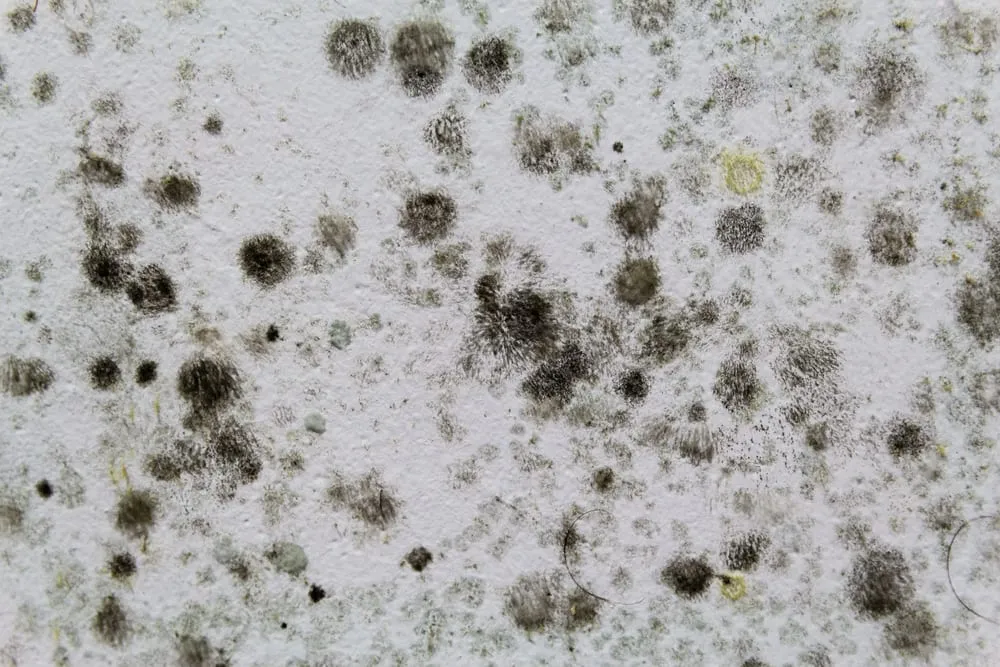Contact Information
If you suspect or have confirmed the presence of mold in your property, it is essential to seek professional assistance for mold remediation services. Our team at CPR (Custom Pro Restoration) is dedicated to providing expert solutions for mold issues.
Contact us at (206) - 867 - 0057 or email us at Info@fromcpr.com for immediate assistance with your mold remediation needs. Trust our experienced professionals to effectively address any mold problems and create a healthier indoor environment for you and your family.
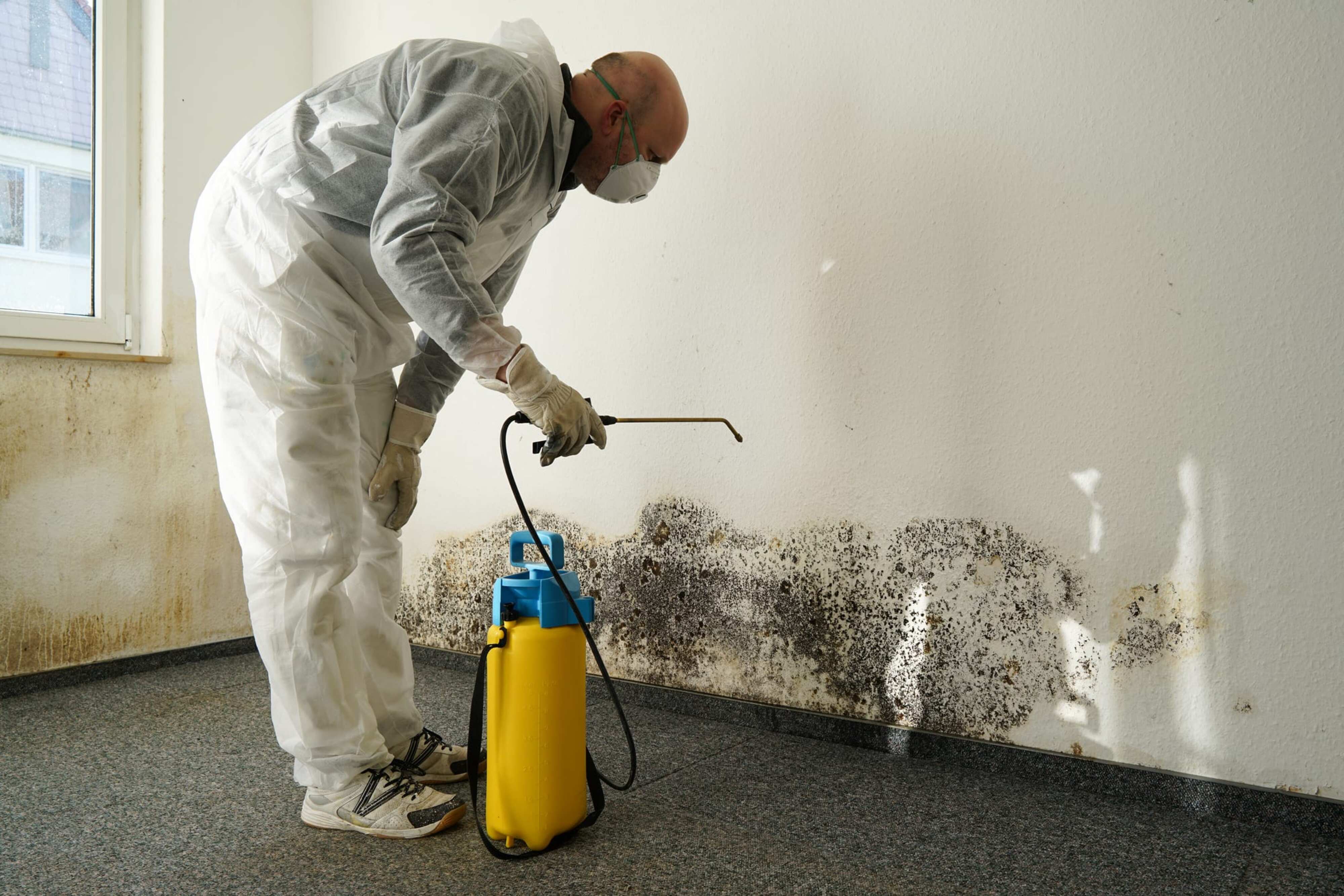
Definition of Mold Remediation
Mold remediation refers to the process of identifying, containing, removing, and preventing molds from growing within an indoor environment. It involves a series of steps aimed at not only eliminating existing mold colonies but also addressing the underlying moisture issues that fuel their growth. Professional mold remediators are trained in industry best practices and use specialized equipment to ensure thorough and effective removal of molds.
Mold remediation is not a one-size-fits-all solution; it requires a tailored approach based on the type of mold present, extent of infestation, and specific conditions of the affected area. By understanding the principles behind mold remediation, individuals can make informed decisions about how best to tackle their unique mold problems.
Importance of Addressing Mold Issues Promptly
Addressing mold issues promptly is crucial for safeguarding both occupant health and property integrity. Mold spores can trigger allergies, respiratory problems, and exacerbate existing health conditions when inhaled or come into contact with skin. Prolonged exposure to molds has been linked to more severe health complications such as asthma attacks or fungal infections.
In addition to health concerns, allowing molds to proliferate unchecked can lead to structural damage within buildings. Molds feed on organic materials like wood or drywall, compromising their integrity over time.
This can weaken structures and necessitate costly repairs or replacements if not addressed promptly. If you suspect or discover any signs of mold growth in your surroundings, it is imperative to take immediate action by contacting professionals like us at (206) - 867 - 0057 or via email at Info@fromcpr.com for expert guidance on effective mold remediation strategies tailored to your specific needs.
Understanding Mold
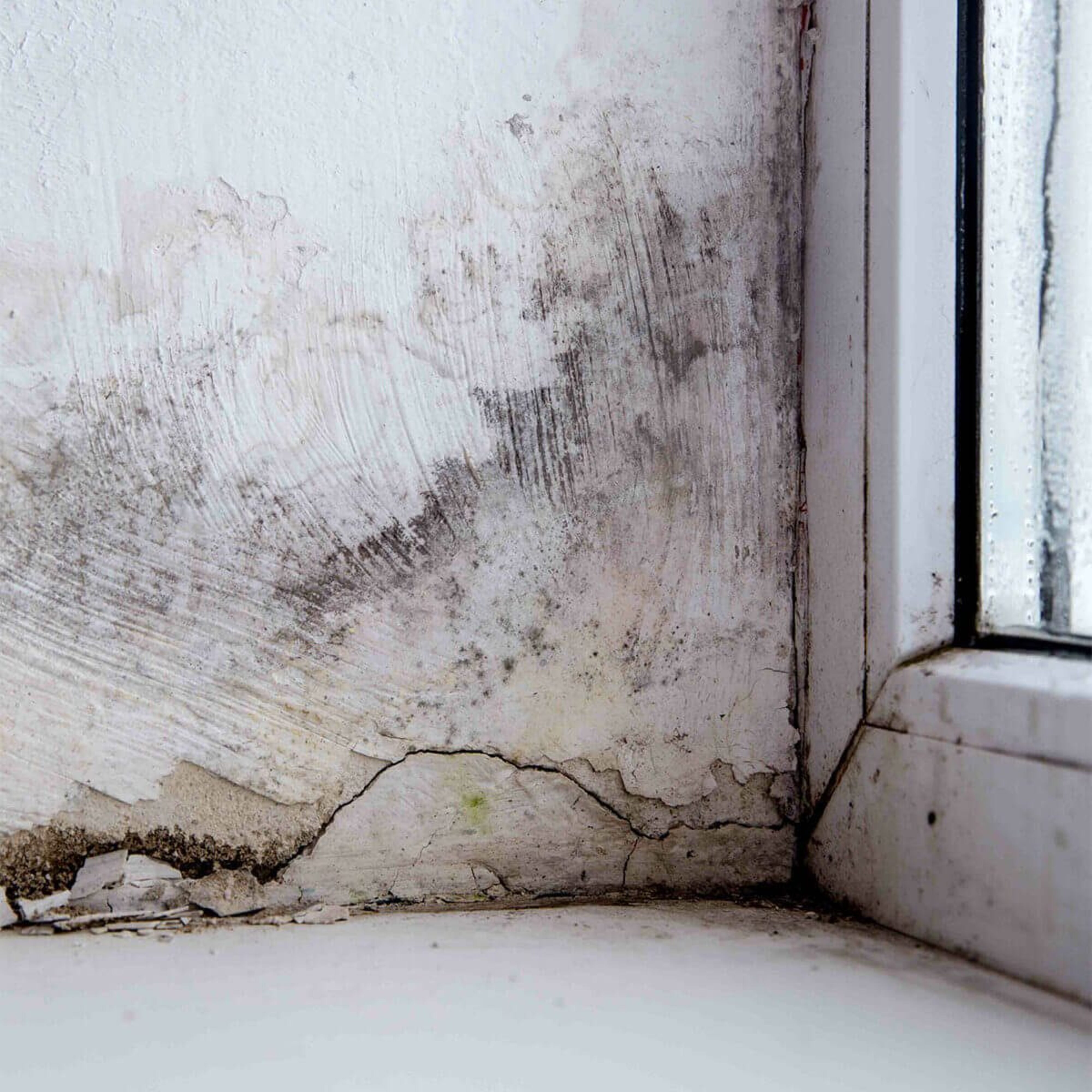
What is Mold?
Mold is a type of fungus that thrives in damp, dark environments. It reproduces by releasing spores into the air, which can then settle and grow on various surfaces. Mold can appear in various colors, such as black, green, or white, and often has a fuzzy or slimy texture.
It feeds on organic materials like wood, paper, and fabric, breaking them down for nutrients. While some molds are harmless, others can produce mycotoxins that pose health risks to humans.
Common Types of Indoor Molds
There are several common types of indoor molds that homeowners may encounter. One prevalent type is Stachybotrys chartarum, also known as black mold. This mold species typically thrives in areas with high humidity levels and poor ventilation.
Another common indoor mold is Aspergillus, which can vary in color from white to green and even black. Cladosporium is another frequently found mold indoors; it appears as dark green or black spots on surfaces like walls and fabrics.
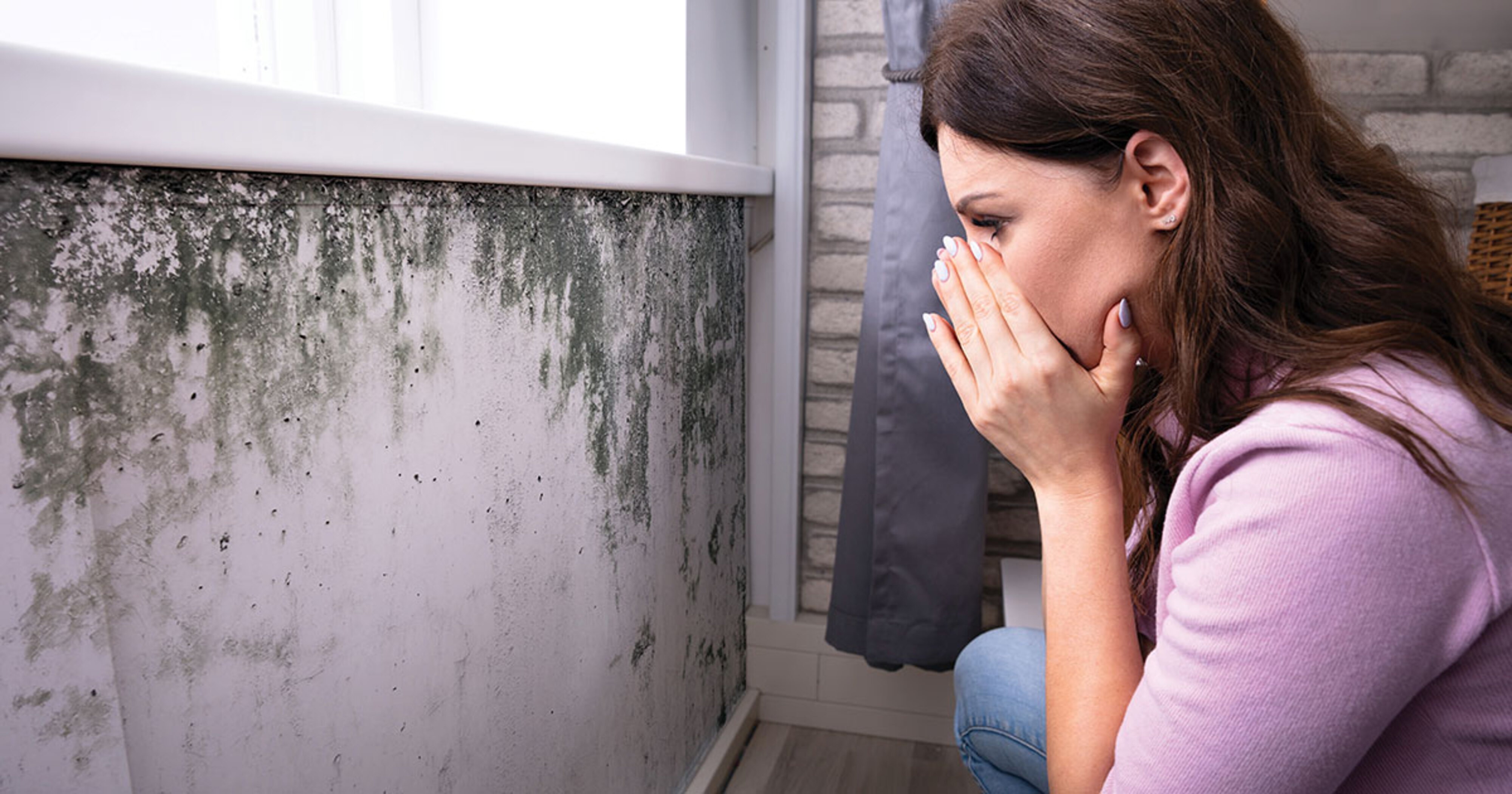
Health Risks Associated with Mold Exposure
Exposure to mold indoors can have adverse effects on human health, especially for individuals with respiratory conditions or compromised immune systems. Inhalation of mold spores can trigger allergic reactions such as sneezing, coughing, and watery eyes in sensitive individuals. Prolonged exposure to certain molds like Stachybotrys chartarum may lead to more severe health issues such as respiratory problems and skin irritation.
Additionally, mold exposure has been linked to exacerbating asthma symptoms in both children and adults. This section provides a foundational understanding of what mold is while highlighting some common indoor molds and the potential health risks associated with exposure to them.
Signs of a Mold Infestation
Visual Clues
Mold infestations can often be identified through visible signs in your surroundings. Keep an eye out for patches of discoloration on walls, ceilings, or floors that may appear fuzzy or slimy.
These areas are commonly associated with mold growth and should not be ignored. Furthermore, mold can manifest in various colors such as black, green, or even white.
Additionally, peeling paint or wallpaper might indicate moisture issues conducive to mold development. Inspecting your home regularly for these visual cues is crucial in catching a mold infestation early on.
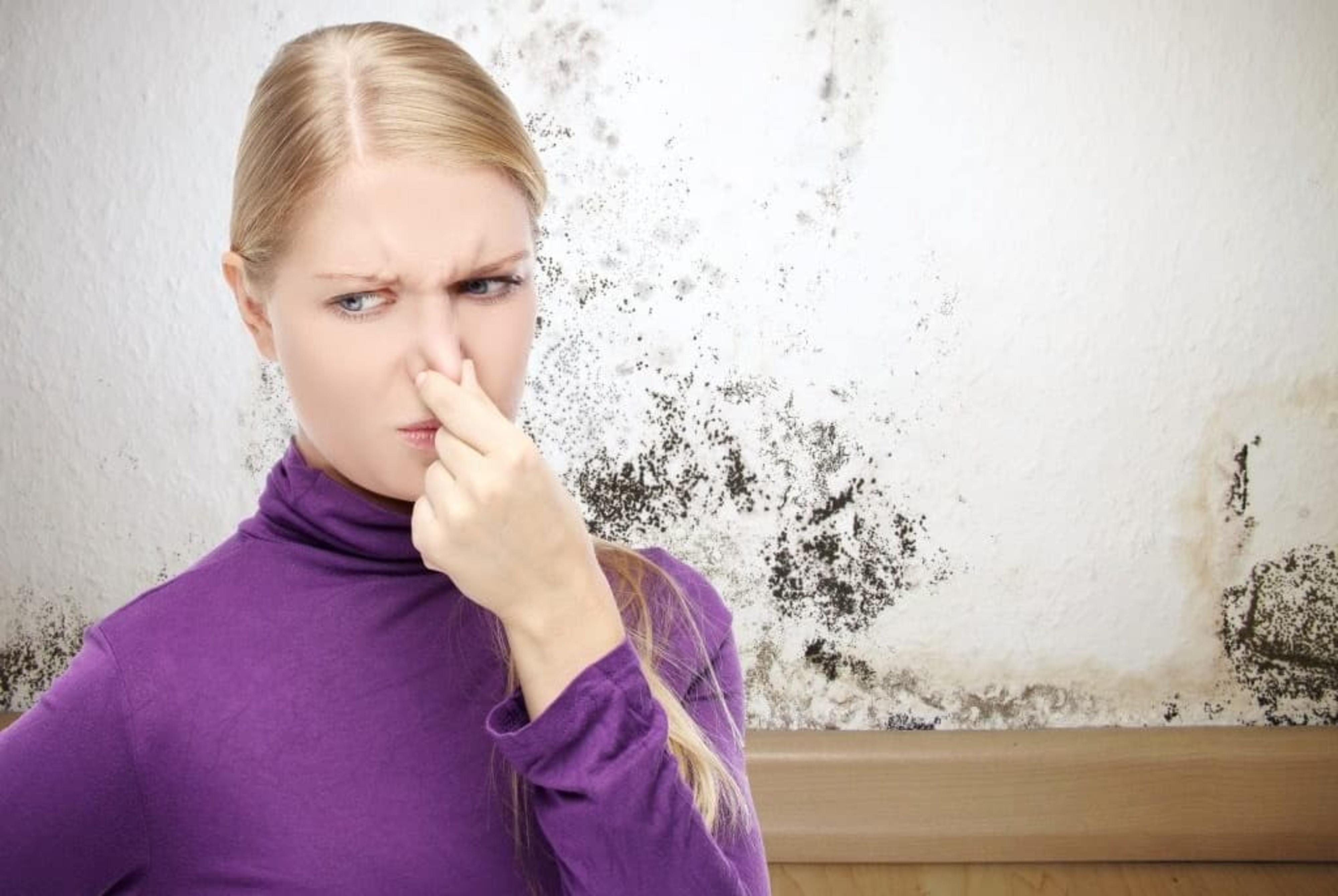
Musty Odors
The presence of a musty or earthy smell in indoor spaces is a classic indicator of mold growth. Mold releases volatile organic compounds (VOCs) as it metabolizes organic matter, resulting in the distinctive musty odor commonly associated with fungal infestations.
This odor is particularly noticeable in enclosed areas with poor ventilation where mold spores accumulate and thrive. If you detect an unpleasant musty smell that persists despite thorough cleaning efforts, it is advisable to investigate further for possible hidden mold colonies behind walls, under carpets, or within air ducts.
Allergy Symptoms
Mold exposure can trigger allergic reactions in susceptible individuals, causing symptoms such as sneezing, coughing, nasal congestion, throat irritation, and skin rashes. Prolonged exposure to indoor molds may exacerbate allergy symptoms and respiratory conditions like asthma.
If you notice that these symptoms worsen when you spend time in specific areas of your home or workplace and improve when you are away from them, it could be indicative of a hidden mold problem affecting indoor air quality. Monitoring your health responses to different environments can help pinpoint potential sources of mold contamination requiring remediation actions.
DIY vs Professional Remediation Services
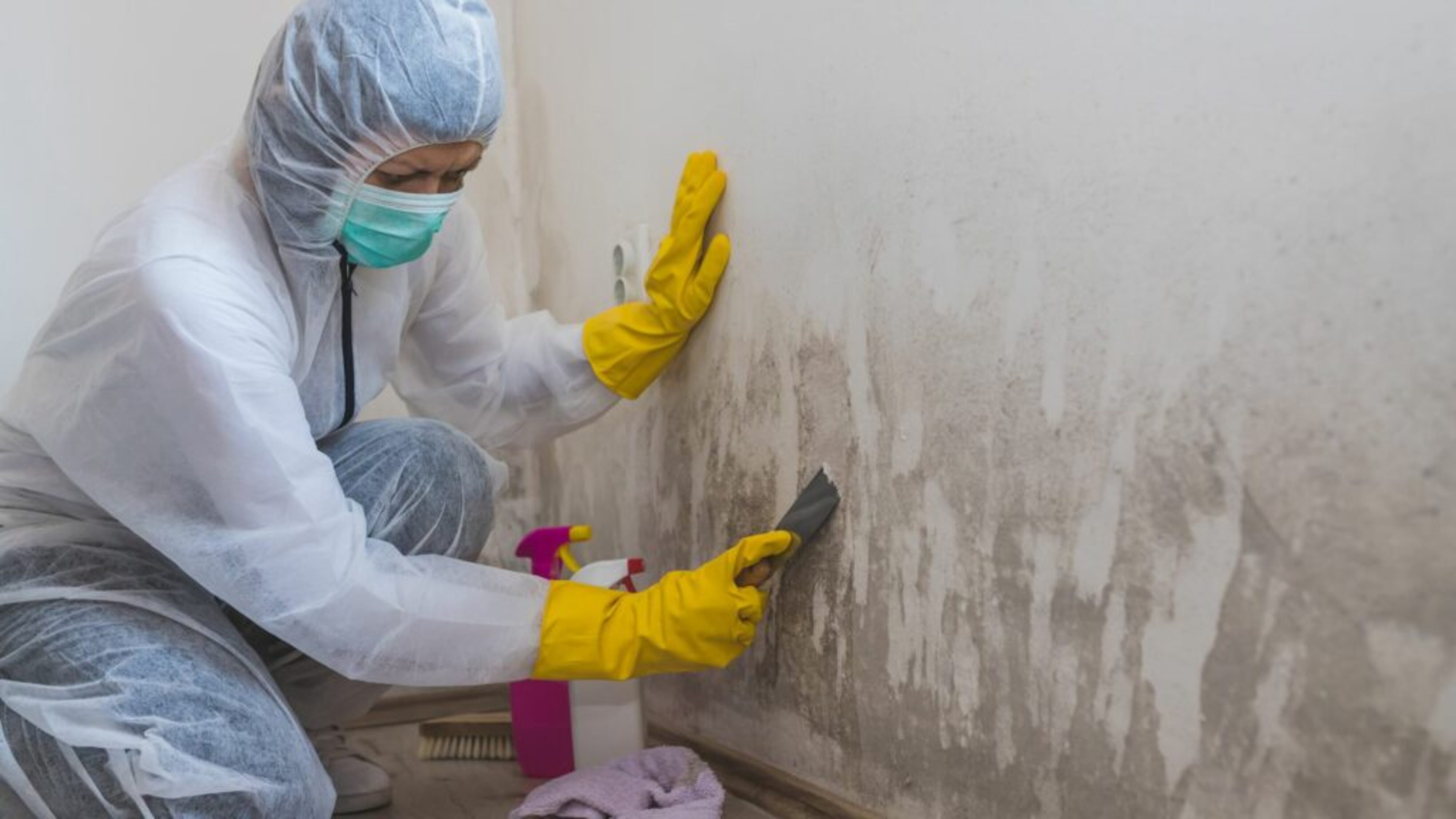
Pros and Cons of DIY Remediation
When it comes to mold remediation, the option of tackling the issue on your own may seem appealing due to cost savings. However, DIY remediation has its drawbacks. One major con is the lack of expertise and proper training in dealing with mold infestations effectively.
Without the necessary knowledge, there's a risk of incomplete removal, leading to regrowth and potential health hazards. Additionally, improper handling of mold can spread spores further, contaminating other areas of your property.
Benefits of Hiring Professional Mold Remediation Experts
Engaging professional mold remediation experts brings a plethora of advantages that outweigh the initial cost. These professionals are equipped with specialized equipment designed specifically for mold removal tasks.
From HEPA filtration systems to advanced cleaning techniques, they have access to tools that ensure thorough eradication of mold from your premises. Moreover, their experience affords them the ability to conduct comprehensive inspections and assessments, identifying hidden sources of mold growth that DIY methods might overlook.
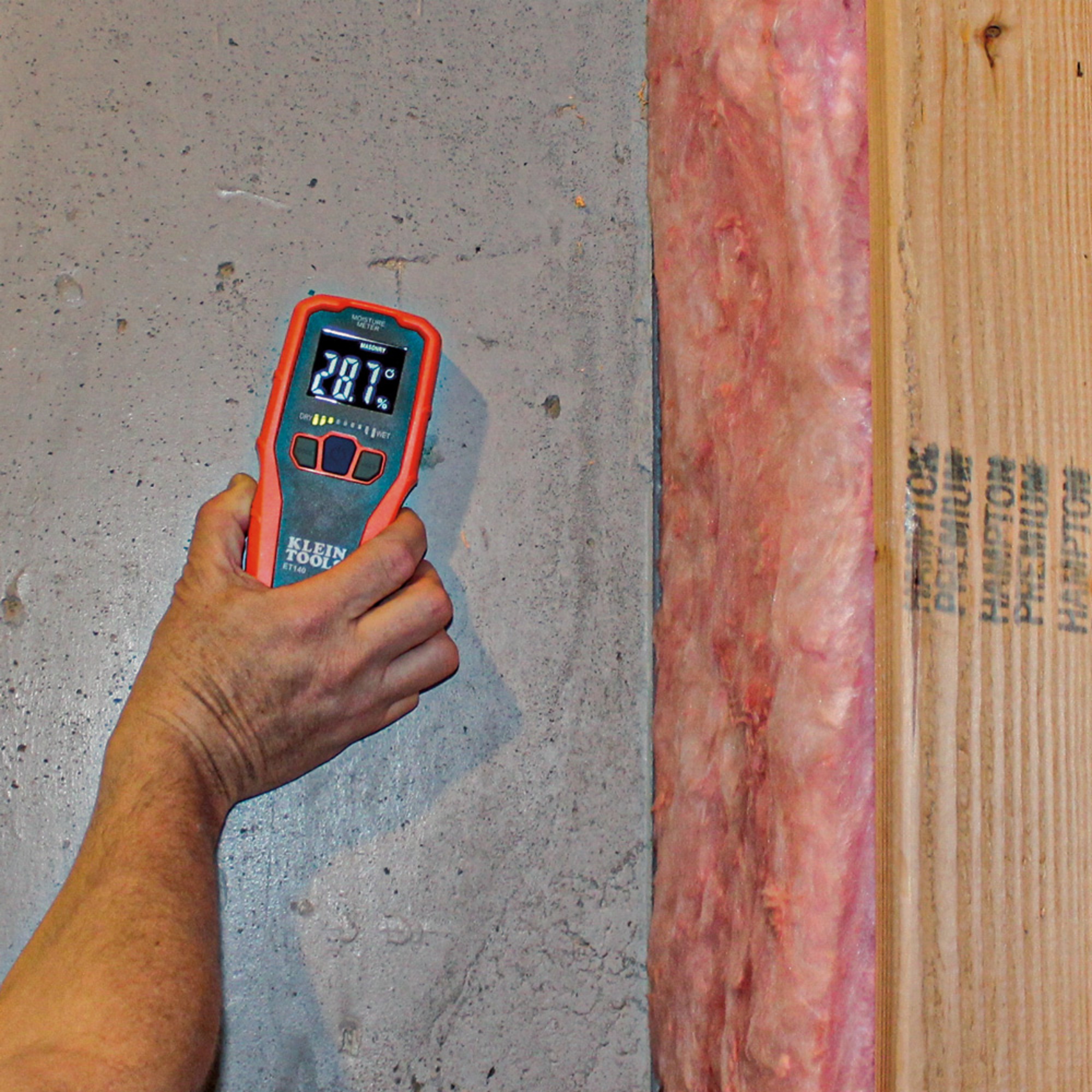
Specialized Equipment and Techniques
One significant benefit of opting for professional mold remediation services is the utilization of specialized equipment and techniques that are not readily available to homeowners attempting a DIY approach. Professionals employ state-of-the-art tools such as moisture meters, infrared cameras for detecting hidden mold spots behind walls or ceilings, and industrial-grade HEPA vacuums for effective spore removal. These technologies enable them to target mold at its source efficiently and ensure a more thorough cleanup process.
Steps in the Mold Remediation Process
Initial Assessment and Inspection
During the initial assessment and inspection phase of mold remediation, trained professionals will conduct a thorough examination of the affected area. This involves identifying the extent of the mold growth, determining the type of mold present, and assessing any underlying causes such as water leaks or high humidity levels.
Specialized tools like moisture meters and thermal imaging cameras may be used to detect hidden mold colonies behind walls or ceilings. The goal here is to create a comprehensive plan of action tailored to address the specific mold issues at hand.

Containment Measures
Once the assessment is complete, containment measures are implemented to prevent further spread of mold spores to unaffected areas. This typically involves sealing off the contaminated space using plastic sheeting and creating negative air pressure through the use of air scrubbers or specialized ventilation systems.
Proper containment is crucial in limiting cross-contamination and safeguarding occupants from exposure during the remediation process. Additionally, technicians may wear personal protective equipment (PPE) such as respirators and gloves to minimize their own risk.
Removal of Affected Materials
The next step in mold remediation is the physical removal of materials that are heavily contaminated with mold growth and cannot be salvaged. Porous materials like drywall, insulation, or carpeting may need to be carefully cut out and disposed of following industry standards for handling hazardous waste.
Non-porous surfaces can often be cleaned and treated effectively. These removal procedures must be carried out meticulously to ensure that all visible mold is eliminated while minimizing disturbance that could release more spores into the air.
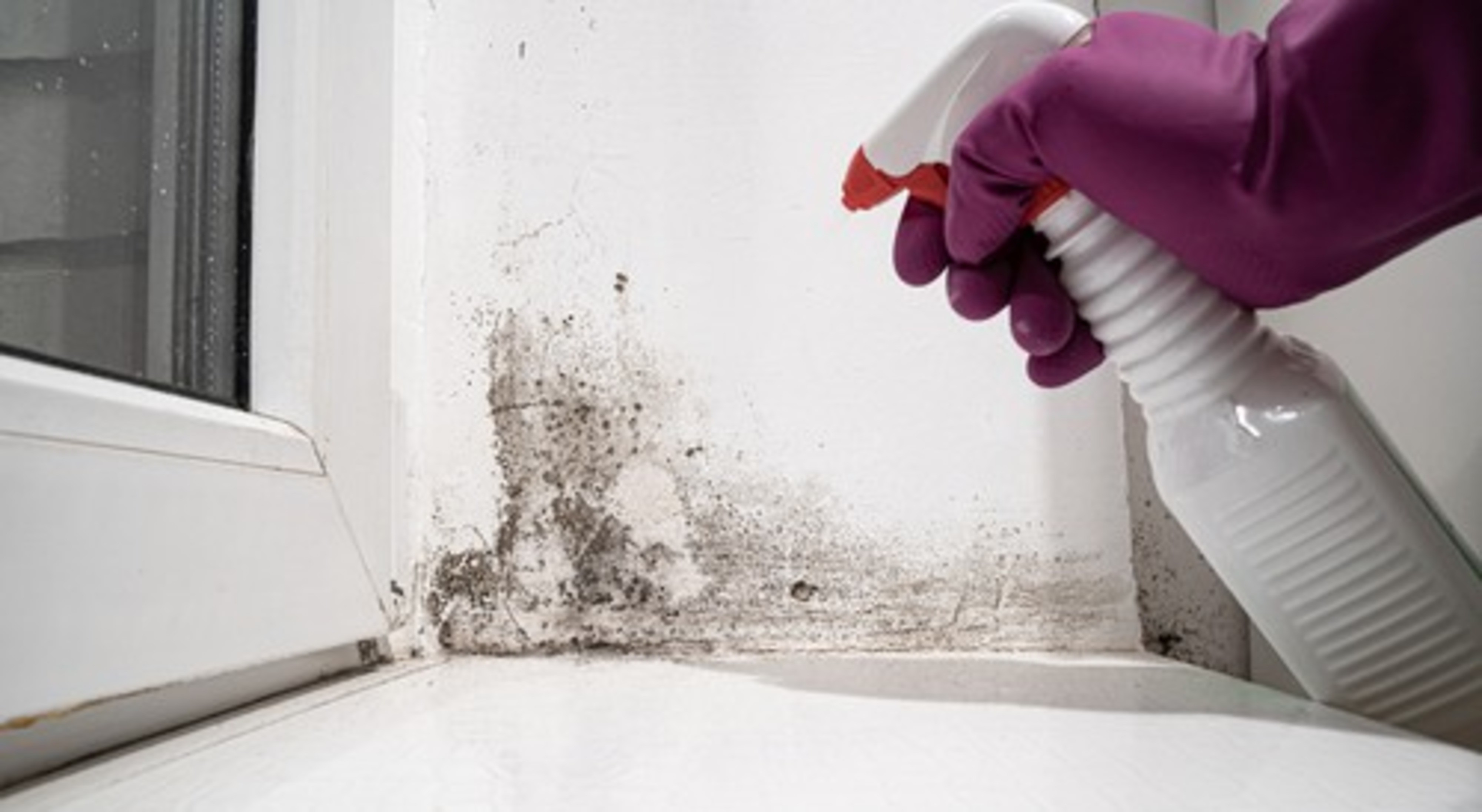
Cleaning and Disinfection
After removing unsalvageable materials, thorough cleaning and disinfection are essential for eradicating any remaining mold spores from surfaces in the affected area. Specialized cleaning solutions designed for mold remediation are applied meticulously to all surfaces where mold was present. In some cases, HEPA vacuuming or wiping down surfaces with antimicrobial agents may be necessary to ensure a clean environment free from potential allergens or irritants left behind by the molds.
Prevention Strategies
To prevent future occurrences of mold infestations, it's crucial to address underlying moisture issues that contribute to microbial growth. Implementing effective prevention strategies such as repairing leaks promptly, improving ventilation in damp areas like bathrooms or basements, using dehumidifiers where needed, and conducting regular inspections can help maintain a healthy indoor environment free from molds. Educating occupants on proper maintenance practices like cleaning gutters regularly and avoiding prolonged humidity build-up can also play a significant role in long-term prevention efforts.
Special Considerations for Specific Locations or Materials
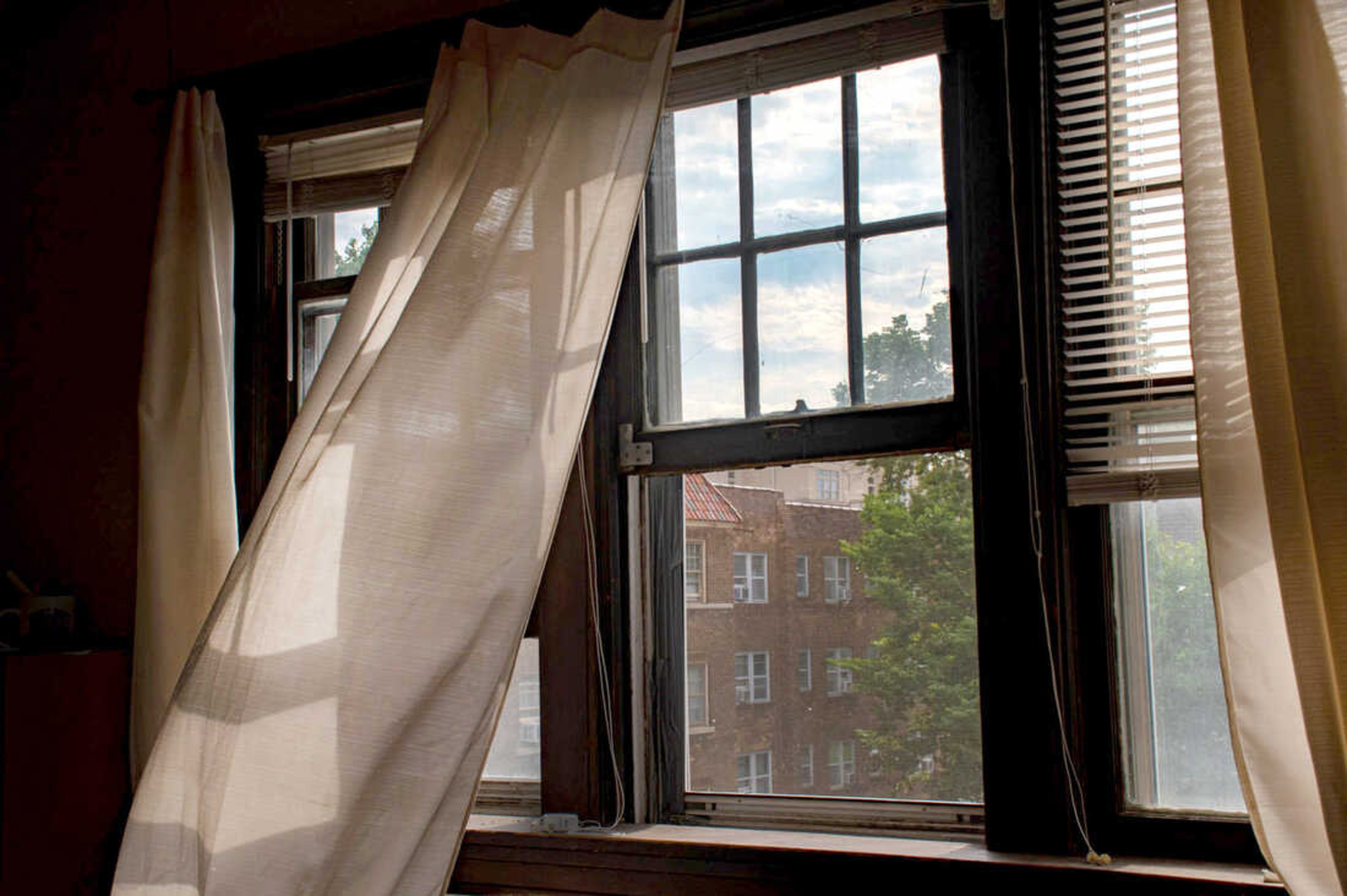
Attic Mold Remediation Tips
Mold growth in attics is a common issue, typically caused by poor ventilation or roof leaks. To effectively remediate mold in the attic, it is crucial to address the underlying moisture problem first.
Begin by fixing any leaks or improving ventilation to prevent future mold growth. Remove any affected insulation and sheathing, ensuring thorough cleaning of all surfaces with appropriate fungicidal solutions.
It's essential to wear protective gear such as gloves, goggles, and a mask during remediation to avoid exposure to mold spores. In cases of severe attic mold infestations, it may be necessary to consult professional mold remediation experts like CPR Mold Remediation Services at (206) - 867 - 0057 for specialized equipment and expertise.
After cleaning and disinfecting the area, consider installing proper ventilation systems or dehumidifiers to maintain optimal humidity levels in the attic space. Regular inspections and prompt action can help prevent future mold issues in this hard-to-reach area of the house.
Basement and Crawlspace Remediation
Basements and crawlspaces are prime locations for mold growth due to their damp environment and limited airflow. When dealing with mold in these areas, start by addressing any water intrusion problems like leaking pipes or poor drainage. Properly sealing foundation cracks and installing sump pumps can help prevent moisture buildup that fuels mold growth.
Remove any water-damaged materials such as insulation or drywall promptly to inhibit further contamination. To effectively remediate basement or crawlspace mold, ensure thorough cleaning of all surfaces using appropriate cleaning agents while wearing protective gear.
Consider utilizing dehumidifiers or moisture barriers to maintain lower humidity levels that discourage mold proliferation. Regularly inspect these areas for signs of water damage or condensation buildup as preventive measures against future mold infestations.
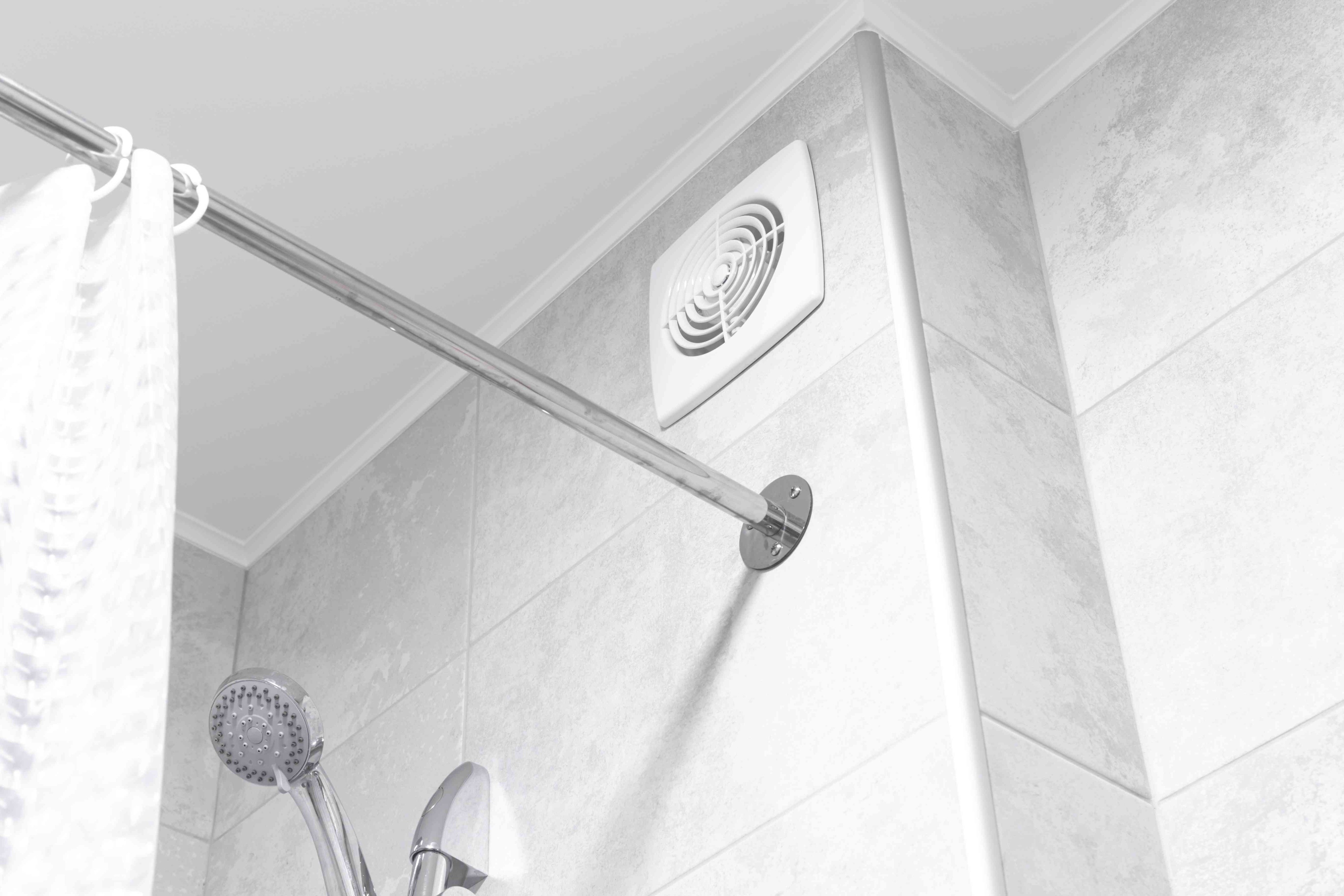
Bathroom Mold Prevention
Bathrooms are prone to mold growth due to high humidity levels from showers and inadequate ventilation. Preventing bathroom mold starts with proper ventilation through exhaust fans or opening windows during showers to reduce moisture accumulation.
Regularly clean bathroom surfaces with mildew-resistant cleaners and promptly repair any plumbing leaks that contribute to dampness. For ongoing bathroom mold prevention, consider using mildew-resistant paint on walls and ceilings, as well as silicone caulking around tubs and sinks to seal out moisture.
Keep bathroom rugs dry, fix leaking faucets promptly, and avoid leaving damp towels lying around the room. By maintaining good ventilation practices and practicing regular cleaning routines in your bathroom space call us at (206) - 867 - 0057 email us at Info@fromcpr.com you can effectively deter stubborn molds from taking hold in this high-moisture environment.
Advanced Techniques in Mold Remediation
Revolutionizing Clean Air: HEPA Filtration Systems
HEPA (High-Efficiency Particulate Air) filtration systems are at the forefront of mold remediation technology. These systems utilize ultra-fine filters that can trap microscopic particles, including mold spores, with an efficiency of 99.97%.
By incorporating HEPA filters into the remediation process, airborne mold spores are effectively captured, reducing the risk of cross-contamination to other areas of the property. This advanced technology ensures that the air quality is significantly improved during and after the remediation process, promoting a healthier indoor environment for occupants.
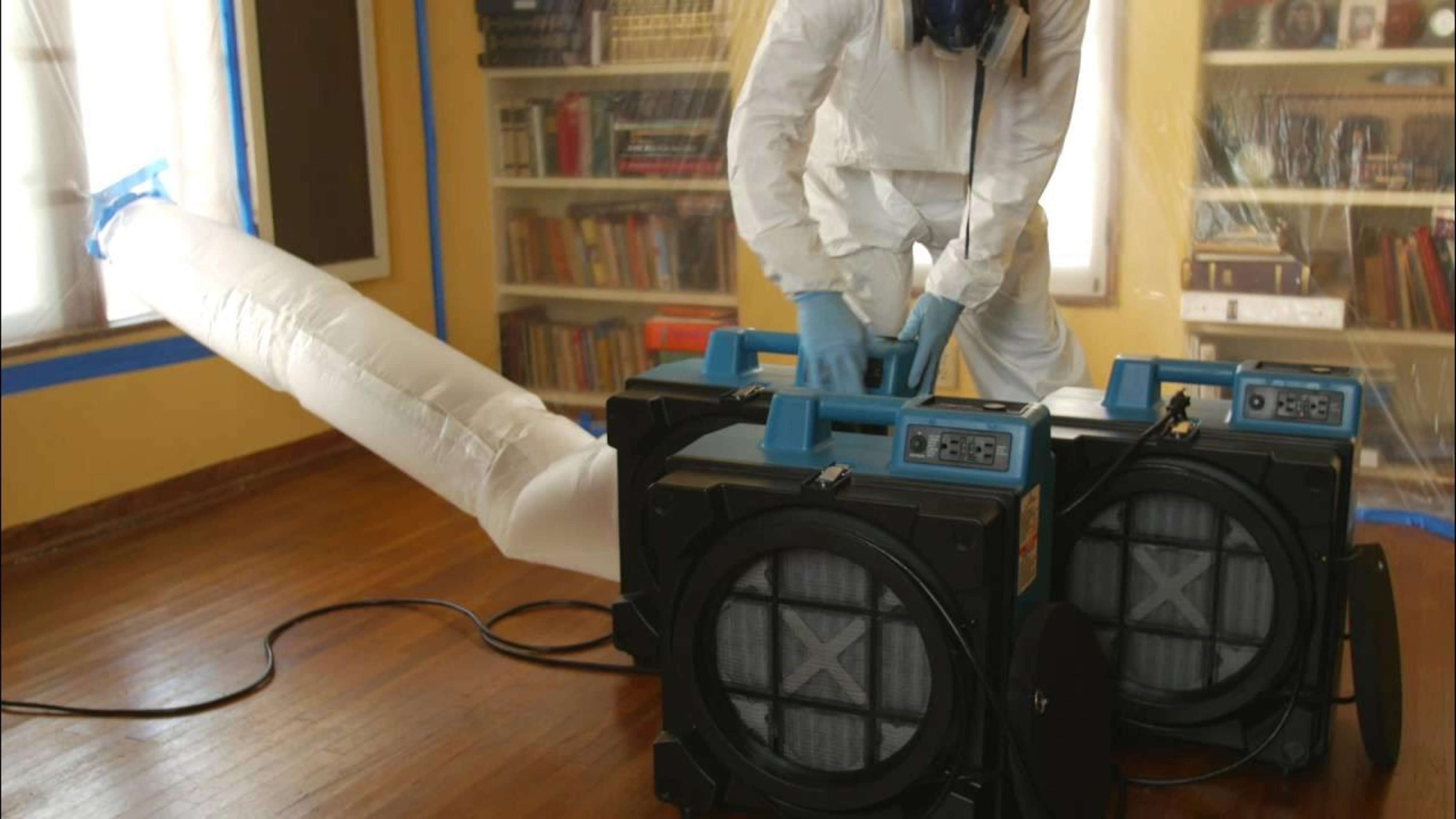
The Power of Negative Pressure: Airborne Containment
Negative air pressure containment is a sophisticated technique employed in mold remediation to prevent the spread of mold spores to uncontaminated areas. By creating a pressure gradient that directs airflow from clean areas towards the contaminated zone, airborne particles are contained within the affected space.
This method involves setting up specialized equipment such as air scrubbers and exhaust fans to maintain negative pressure within the enclosed area. Negative air containment not only minimizes the risk of further contamination but also ensures that occupants remain safe during remediation activities.
Sealing Solutions: Encapsulation Methods
Encapsulation methods offer a proactive approach to mold remediation by forming a protective barrier over surfaces with existing or potential mold growth. This technique involves applying specialized coatings or sealants to surfaces such as walls, ceilings, or ductwork to encapsulate any residual mold spores and prevent their release into the air.
Encapsulation not only inhibits further mold growth but also enhances structural integrity and durability. By effectively sealing off contaminated surfaces, encapsulation methods provide long-term protection against recurring mold issues, contributing to a sustainable solution for maintaining a healthy indoor environment.
Post-Remediation Testing and Follow-Up
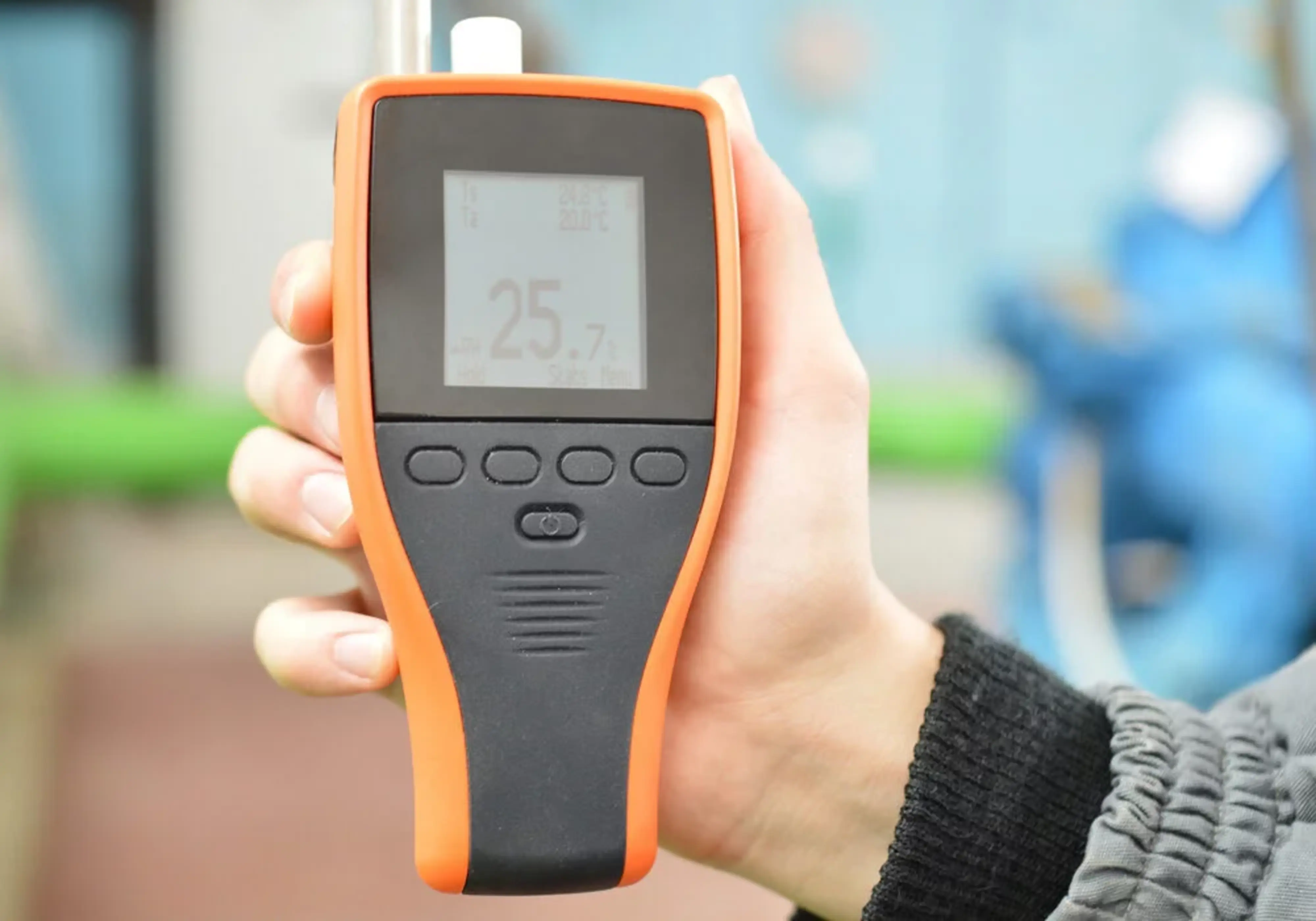
Air Quality Testing: Ensuring a Healthy Environment
After completing the mold remediation process, it is crucial to conduct air quality testing to verify that the indoor environment is safe for occupants. Air quality testing involves taking samples from different areas of the property and analyzing them for mold spores and other contaminants.
Professional mold remediation companies often work with certified laboratories to ensure accurate results. This testing provides concrete evidence of the effectiveness of the remediation efforts and ensures that the air inside the property meets established safety standards.
Monitoring for Recurrence: Vigilance for Long-Term Protection
While mold removal is a critical step in addressing an infestation, it is essential to remain vigilant for any signs of recurrence. Monitoring for mold growth involves regular inspections of areas prone to moisture accumulation, such as bathrooms, basements, and attics.
By keeping an eye out for early warning signs like musty odors or visible mold growth, property owners can take proactive measures to prevent a full-blown infestation from reoccurring. Establishing a routine maintenance schedule and addressing any water leaks promptly can help minimize the risk of future mold problems.
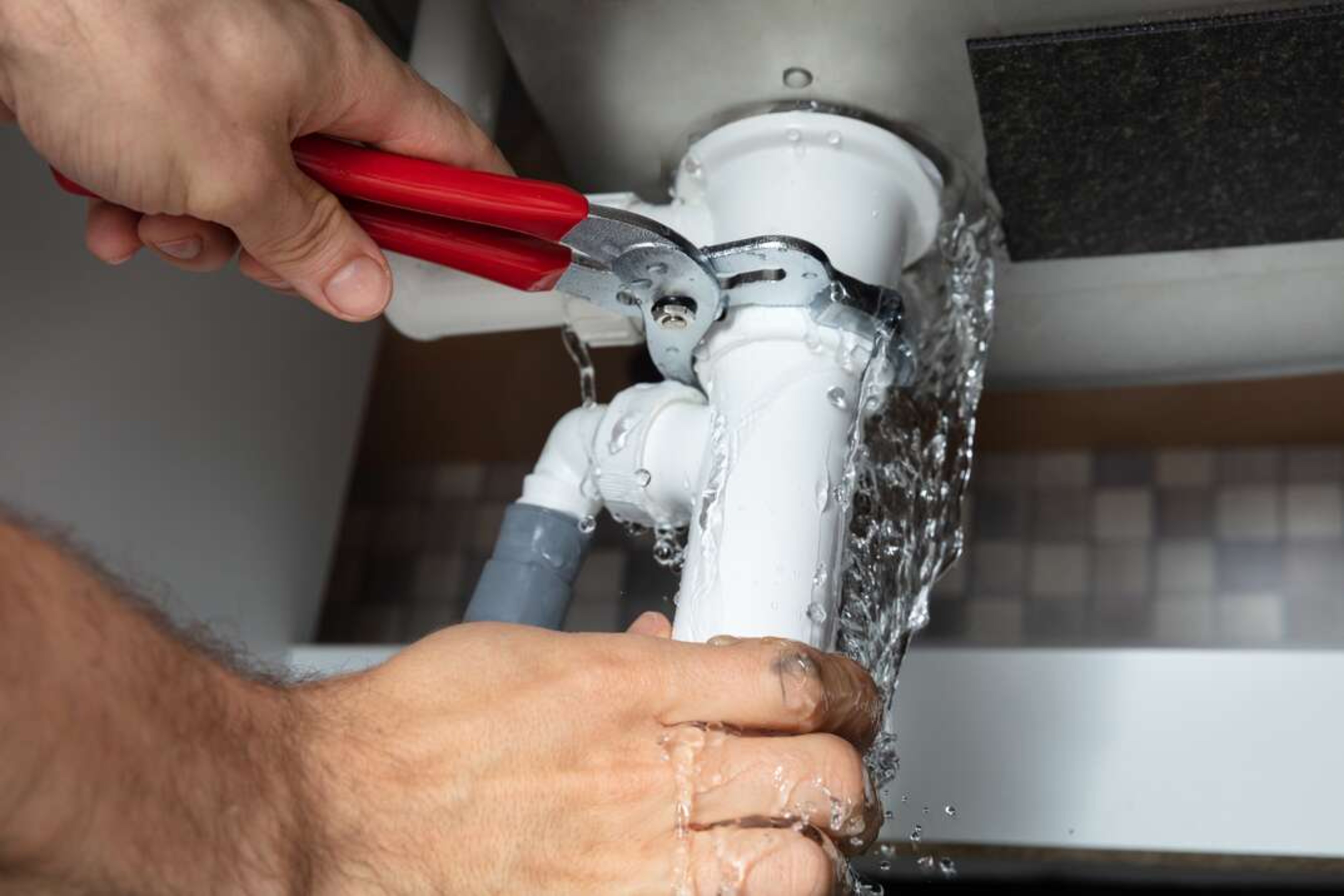
Maintenance Tips to Prevent Future Infestations: Sustaining a Mold-Free Environment
Preventing future mold infestations requires ongoing maintenance and diligence. Property owners can implement various strategies to create an environment that is inhospitable to mold growth. This includes ensuring proper ventilation in high-moisture areas, repairing any water leaks promptly, maintaining indoor humidity levels below 60%, and using moisture-resistant materials in susceptible areas.
Regular cleaning routines should also be established to prevent dust buildup, which can serve as a food source for mold spores. By following these maintenance tips consistently, property owners can significantly reduce the risk of experiencing another mold problem in the future.

